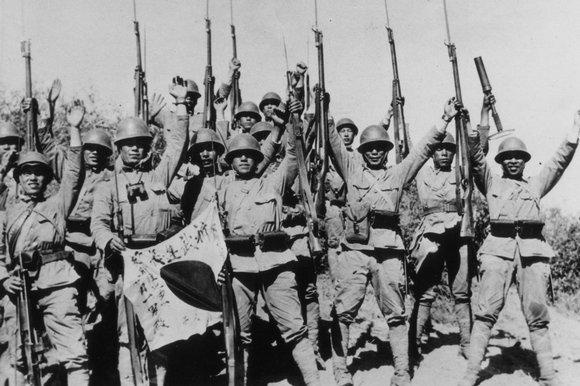The Sino-Japanese War, also known as the War of Resistance, was a significant military conflict that occurred between the Empire of Japan and the Republic of China. This war, spanning from 1937 to 1945, was one of the most crucial events in modern East Asian history, shaping the course of both nations and leaving a lasting impact on the region. In this article, we will delve into the causes, key events, and consequences of the Sino-Japanese War.
Causes of the War: The origins of the Sino-Japanese War can be traced back to Japan’s imperialistic ambitions, rising nationalism, and the expansionist policies pursued by the Japanese government during the early 20th century. Japan sought to increase its sphere of influence in East Asia and viewed China as a strategic target due to its vast resources and geopolitical significance. The Mukden Incident in 1931, in which Japanese forces staged a provocation as a pretext to occupy Manchuria, marked the beginning of Japan’s aggressive actions against China.
Key Events:
- The Marco Polo Bridge Incident (July 7, 1937): A skirmish near Beijing between Japanese and Chinese forces ignited a full-scale war. This event is commonly regarded as the start of the Sino-Japanese War.
- The Battle of Shanghai (August-November 1937): The Chinese put up fierce resistance against the Japanese invaders in one of the largest and bloodiest battles of the war. Despite heavy casualties, the Chinese demonstrated their determination to resist Japanese aggression.
- The Nanjing Massacre (December 1937-January 1938): Following the fall of Nanjing, Japanese forces committed mass killings, rapes, and looting, leaving an indelible scar on China’s collective memory.
- The United Front: The Chinese Nationalist Party (Kuomintang) and the Communist Party formed an uneasy alliance to combat the Japanese invasion. Despite their ideological differences, this united front was crucial in China’s resistance against Japan.
- The Doolittle Raid (April 1942): American B-25 bombers launched a daring air raid on Tokyo and other Japanese cities, boosting Chinese morale and demonstrating Japan’s vulnerability.
- The Battle of Changsha (1942-1943): Chinese forces successfully defended the city of Changsha against repeated Japanese offensives, showcasing their resilience and determination.
- The Pacific War: With the outbreak of World War II in 1941, the Sino-Japanese War merged into the larger conflict in the Pacific. Chinese forces tied down significant Japanese resources, contributing to Japan’s eventual defeat.
Consequences:
- Enormous Losses: The Sino-Japanese War resulted in extensive human and material losses for both China and Japan. Estimates suggest that millions of Chinese civilians and soldiers perished during the war.
- Chinese Nationalism: The war galvanized Chinese nationalism and unity, strengthening the resolve to resist foreign aggression and shaping the future of Chinese politics.
- Allied Support: The Chinese resistance against Japan garnered international sympathy and support, particularly from the United States, which became a vital ally for China during the conflict.
- Shift in Power Dynamics: The Sino-Japanese War weakened Japan’s position in East Asia and set the stage for China’s rise as a major regional power in the post-war era.
- Long-Term Tensions: The war left deep-rooted animosity between China and Japan, with unresolved historical grievances that continue to influence their relations today.
Conclusion: The Sino-Japanese War was a significant chapter in the history of both nations, leaving an indelible mark on their societies, politics, and international relations



















Add Comment